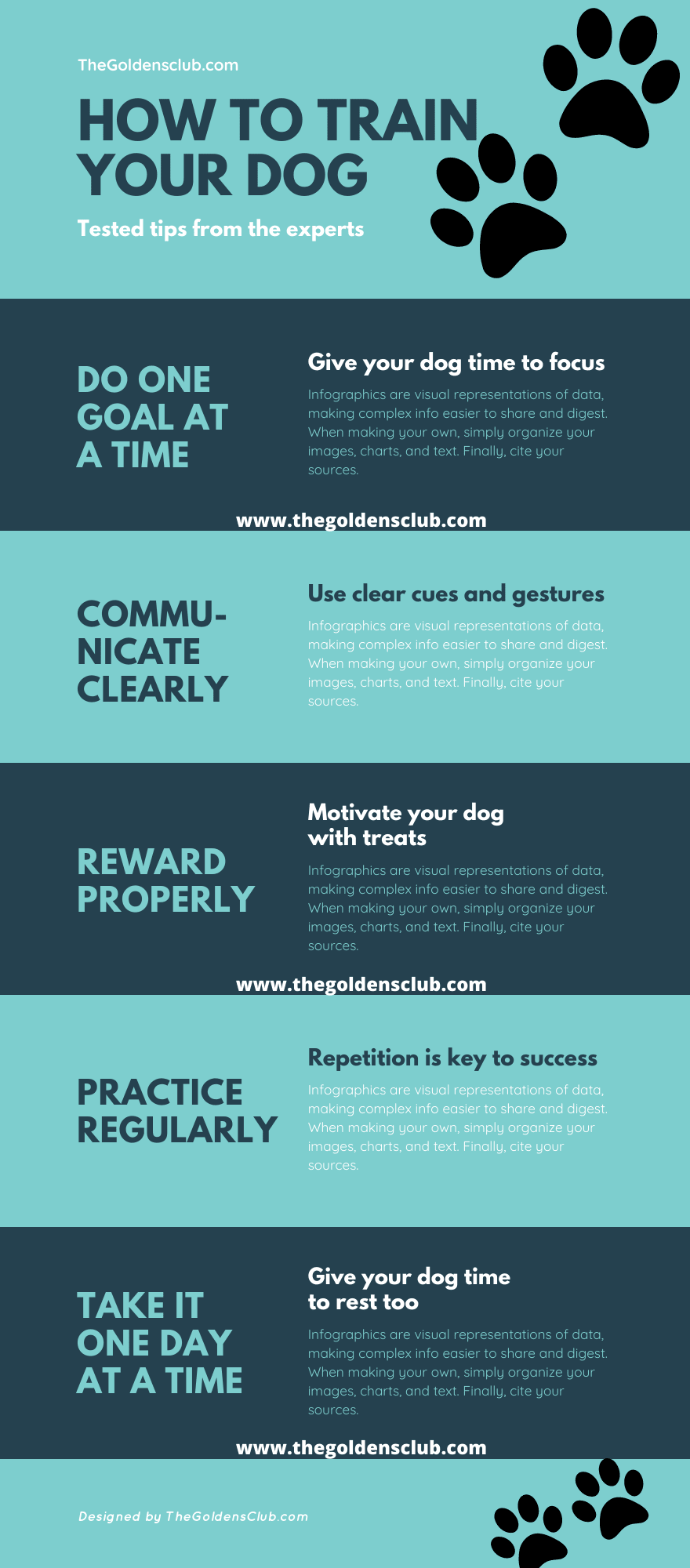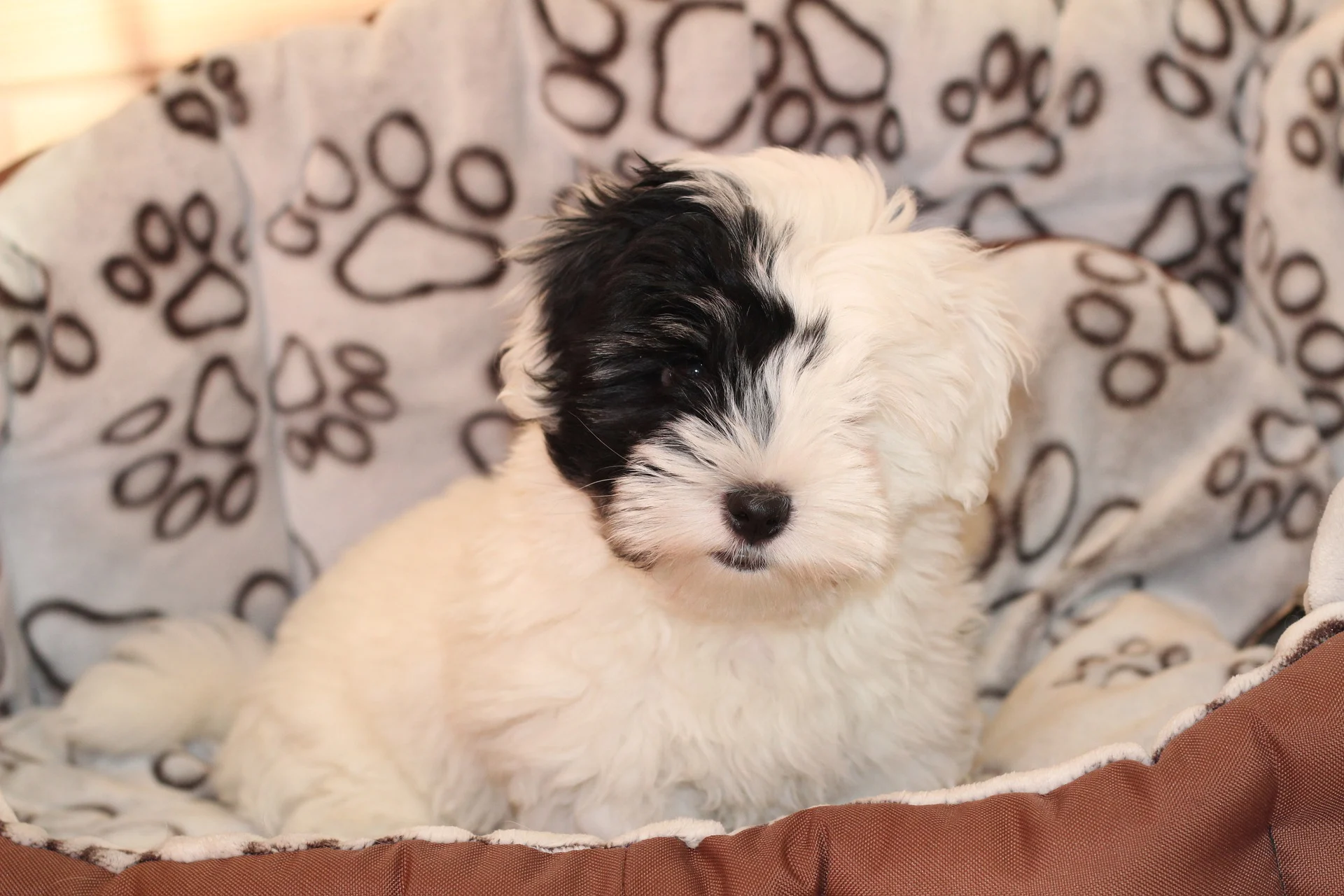Crate training a puppy is based on the natural instincts of your dog. It will keep your house clean and the relationship between you and your dog much more relaxed. Your puppy will feel much more confident in himself and both of you will appreciate that you started as early as possible.
Take time for the carte training with your dog to create a better life for you and your puppy. So why do so many people feel that they can’t do carte training the right way? Many dog owners have mentioned that the box training feels mean or even “cruel”, but we can assure you that this is not the case. Most dogs will feel safer and – with the right training – your pet will perceive the dog box as another part of its lifestyle.
Why should you choose crate training for your puppy?
While we have already mentioned some of the advantages of crate training, the actual results of your dog’s training to use his box depend entirely on how you train your dog and what kind of result you want to achieve. Some people only maintain their box for longer trips, while others also use the box as a dog bed. No matter what you prefer, some of the advantages are here:
Less separation anxiety: If your dog is trained properly, he will get to know his box as a safe space that allows him to be safe. This reduces the likelihood of anxious chewing, scratching, self-harm and howling.
Limited access to other areas of the house: Just like children, puppies can do all kinds of damage if they remain unattended. If you restrict their access when you are not there, it means that you have much less risk of plunging into absolute chaos!
Your dog will be house trained faster: One of the most difficult aspects of keeping dogs is to make it houseclean! Since the use of the box plays with her natural desire to sleep in a clean room. Crate training uses your dog’s instinct to ensure that he urinates much less in the house or empties differently.
Gives your dog freedom: Having your own special personal area allows them to withdraw when life becomes a little too much for your four-legged friend.
Choose the right box size for your puppy
The first step is to find the best box size for your dog. To do this, you have to consider several factors. First of all, it is important that your dog has enough space to feel comfortable in his box – he must be able to sit comfortably, stand and turn around.
You must also be sure that the box is not too big, as your dog probably only sees his box as a small room and a corner is used as a toilet. While he is sleeping in the other corner.
ALSO READ Dog Training Near Me: How To Find The Right One
Choose the right place for the dog box
Similar to dog beds, the sticking point in finding the right place for a training box is a place that is neither too lively nor too quiet. Man’s best friend is a pack animal, so he always wants to see himself as part of the family (and most dog owners want his dog to feel part of the family!). Keep your dog box in an area that avoids strong cadence but is still close to their favorite people.
A quiet corner in the living room is always a suitable place, as your dog can fall asleep safely and knows that nothing can sneak in from behind. A quiet area of the kitchen is also a good idea if the family spends a lot of time there. Basically, you want to place your dog’s box somewhere where they can easily look at you if they want, but can avoid human contact if they feel stressed or tired.

Preparing for the dog box training process
Like all good things, box training also takes a little time and effort. The result will not occur overnight, especially with older dogs or too excited puppies, but it will be worth it. Stay consistent, be authoritarian and calm – and both you and your dog will enjoy the advantages of box training in the long term!
Take the time to familiarize yourself with the training process and be ready for your dog (and yourself!) to give a lot of praise. Follow the steps in order and don’t be afraid if it doesn’t work out immediately. Take a little break so that your dog can recover and when you and your dog are ready again, try again.
Avoid the most common mistakes crate training a puppy
The most important thing about dog box training is that your dog should feel comfortable in his new room. Keep in mind that it is a place of peace where your puppy can recharge your batteries and feel safe. The three most important aspects you should remember are:
Don’t leave your dog in the box for too long – Leave your dog in a room for too long not only increases the probability that he will befriend him with the idea of using his box both as a toilet and as a bed.
Do not use the box as a penalty measure – your dog should safely associate his box. Using the box as a method to insult your pet means that it is unlikely that he will ever want to stay there. Your dog then feels unhappy and punished, even if he is only in his box for practical reasons.
Be consistent with your training – Like us, dogs are habitual animals. By setting meals, bedtimes and commands, your dog will be much more receptive and train much faster than with a chaotic routine.
Let your dog go comfortably with his box
Start putting the box in a comfortable place for the whole family (as already mentioned, this is a place that is neither too busy nor too quiet), let your dog sniff around and make friends with the new piece of furniture.
Confident puppies will probably go straight in and rest, while taking a few more time to familiarize themselves with their box. If it is the latter, then follow the next step and remember – he will make it at some point, so don’t try to worry too much about this phase!
ALSO READ Best dog harness: Which to choose
Help your dog feel comfortable with his new box
Depending on your dog, you can find that treats can be a very convincing way to put your puppy in the box! Meanwhile, other puppies may be more inclined to take a stroll if you play “randomly” near their box area. The basic idea is that your puppy is becoming more and more familiar with his dog box and that he combines it with positive feelings.
Never force your puppy into the box. This achieves exactly the opposite of what you want to achieve and ultimately leads your dog to completely refusing to go close to the one thing that has been designed so that he can feel safe.
Feed your puppy with food in his box
It is important here to start eating near the box – even outside the box door if your dog is particularly nervous about the new sleeping place – and slowly move the bowl into the box. After all, the plan to have your puppy’s food at the back of the box is that your dog associates his box with food – a huge selling point for every dog companion.
As soon as your puppy is happy to eat his food on the back of his box, close the door quietly while he eats. After he finishes his food, open the door again and allow your furry friend to go out again. If your puppy complains, it’s okay to leave him alone for a minute or two, as he may get used to the closed door. This means that if he whines or whines further afterwards, then open the door and start again in a few days.
Increase the time your dog spends in his box
As soon as your dog feels comfortable with the food with the door closed, it is time to start the box training without treats to keep the dog busy! Every time your dog ends his meal, leave his box closed for 2 minutes, gradually increasing this time every day. After all, 10-minute lock-in is absolutely no problem for your puppy.
This is the part where you start working out commands that your puppy can associate with entering his box. With a small treat or toy, you choose a word that will associate your dog with his box.
After your dog has entered his box, give him a reward and close the door. Depending on your dog’s anxiety, you can sit calmly with him or leave the room for a few minutes. As before, if your dog complains, let him complain for a few minutes and – if it continues – go back and open his door. The goal is to give your puppy for approx. 30 minutes without fear.
Put your puppy in the box before you leave
Once you have reached the 30-minute goal, you should now be able to leave your dog in his box while you leave the house. Ideally, this should be done a few minutes before leaving the house. As an example, if you have decided that you want to leave, use your command so that your puppy goes into his box, then take all your things and objects and disappear.
Try not to trouble leaving your dog alone, as this can sometimes lead to more fear for your furry family member. Instead, you can remain silent or simply say “be good” or “bye” to tell him that you are leaving the house.
It is also a good idea to put your puppy in his box from time to time during training, even if you don’t go. In this way, he does not associate his box with you leaving him.
ALSO READ How To Make Dog Treats? 5 Incredible Recipes
Night crate training a puppy
If everything is done without too much struggle, the last step is that your puppy is trained for the night. The easiest way to realize this is a process similar to leaving the house. That is, with your order to leave your dog in the box and then leave it alone while you go to bed.
With a little moan, you decide whether he needs the toilet or is just upset. If it is the latter, then leave him alone unless he becomes very anxious. At this point, you should take him with you for a night and then put it back in his box.
Final thoughts on crate training a puppy
Successful crate training of a puppy can lead to a much happier bond between you and your pet. A lot of stress can be compensated for by such a simple tool. Not only will you be happier when your puppy is fully crate-up, but also your dog! While the initial process can be stressful for both of you, the advantages certainly outweigh the disadvantages. Especially if you follow this guide, as both you and your dog should not become too anxious during the process.
Always remember not to use the box as a punishment or to lose control of your puppy friend. Finally, you two try your best! And remember: Be consistent, be authoritarian and calm.

